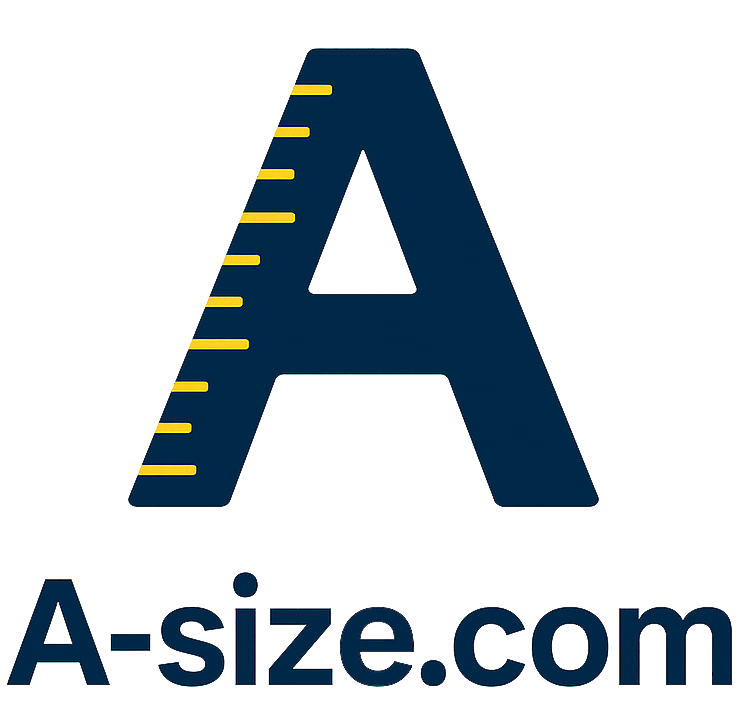Clothing labeled S, M, L, or XL might seem universal — but these sizes vary by country, brand, and even gender. This guide breaks down what each size typically means for chest, waist, and hips, and includes a visual chart so you can find your fit with confidence.
| Size | Chest Width (in/cm) | Chest Length (in/cm) | Waist (in/cm) | Hips (in/cm) |
|---|---|---|---|---|
| XS | 32–34 / 81–86 | 24–25 / 61–64 | 26–28 / 66–71 | 33–35 / 84–89 |
| S | 34–36 / 86–91 | 25–26 / 64–66 | 28–30 / 71–76 | 35–37 / 89–94 |
| M | 38–40 / 96–102 | 26–27 / 66–69 | 32–34 / 81–86 | 38–40 / 96–102 |
| L | 42–44 / 107–112 | 27–28 / 69–71 | 36–38 / 91–97 | 41–43 / 104–109 |
| XL | 46–48 / 117–122 | 28–29 / 71–74 | 40–42 / 102–107 | 44–46 / 112–117 |
| XXL | 50–52 / 127–132 | 29–30 / 74–76 | 44–46 / 112–117 | 47–49 / 119–124 |
📝 Note: These are average values. Always check brand-specific size guides.
📏 How to Measure Yourself for Clothing
Measure directly on your body using a flexible tape:
- Inseam: From crotch to bottom ankle
- Chest: Across the widest part of your chest
- Waist: Just above your belly button
- Hips: Around the fullest part of your hips
